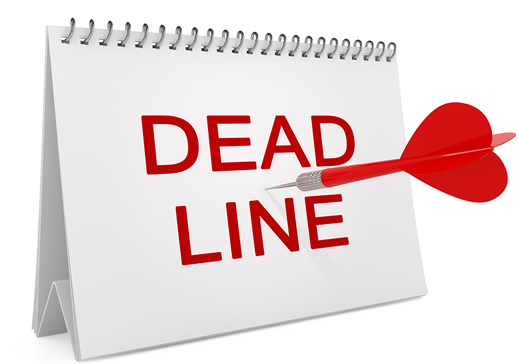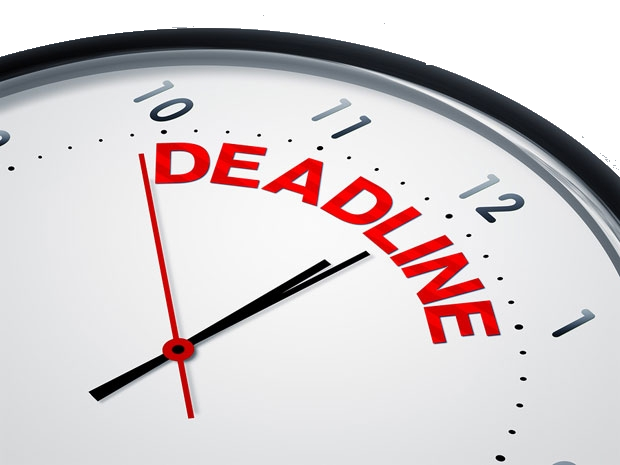Owen’s use of imagery in “Dulce Et Decorum Est”
How does Owen’s use of imagery in “Dulce Et Decorum Est” help the reader to understand the underlining meaning (or theme) of the poem? What effect do they have on the reader and our perception of war? In your answer, make sure to identify specific images and explain why the poet created, or included, these images in the way that he did.
Sample Answer
Wilfred Owen’s use of imagery in “Dulce Et Decorum Est” is incredibly effective in conveying the poem’s underlying meaning and theme. The poem is an anti-war poem, and Owen uses imagery to create a vivid and disturbing picture of the horrors of war.
One of the most striking images in the poem is the image of the soldier’s “gas-masked face” (line 14). The gas mask is a symbol of the dehumanizing effects of war. It robs the soldier of his identity and makes him look like a monster. The image is also a reminder of the poisonous nature of war. The gas is literally killing the soldier, but it is also poisoning his soul.

 Our orders are delivered strictly on time without delay
Our orders are delivered strictly on time without delay  Our orders are delivered strictly on time without delay
Our orders are delivered strictly on time without delay 


